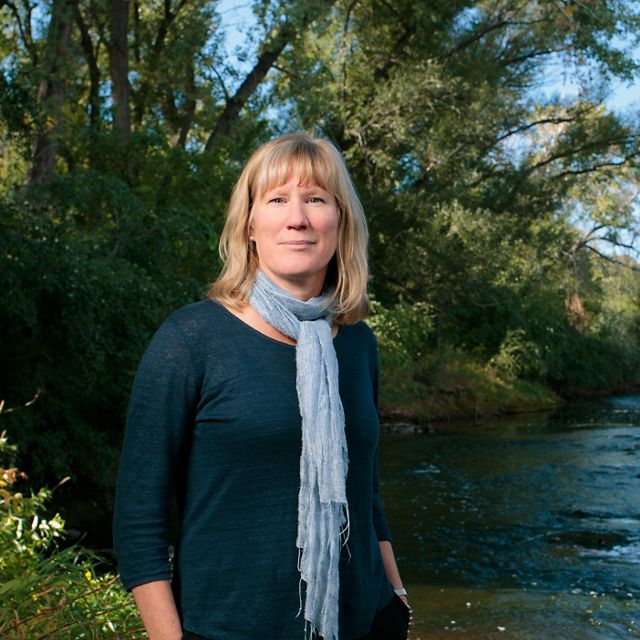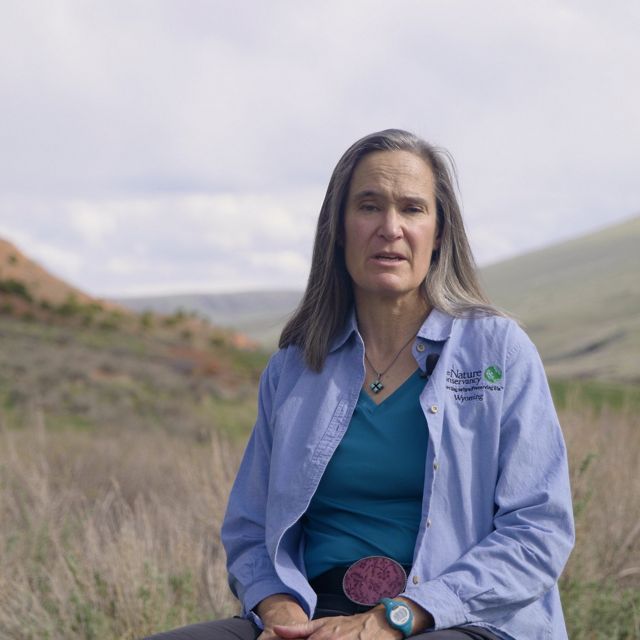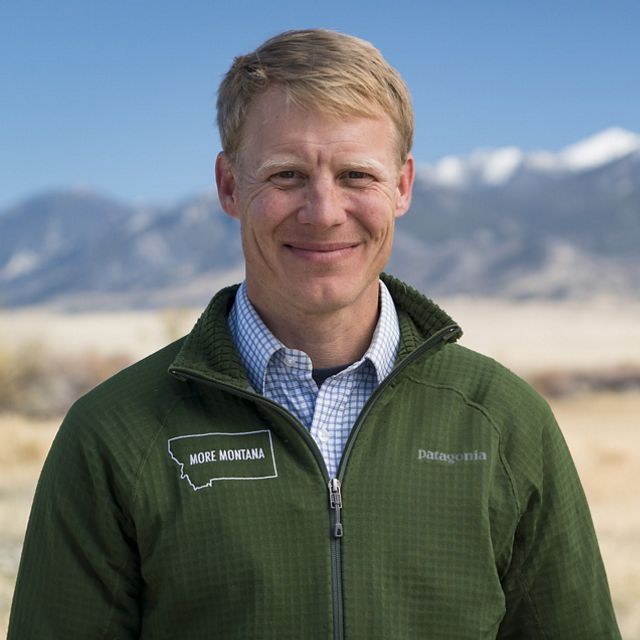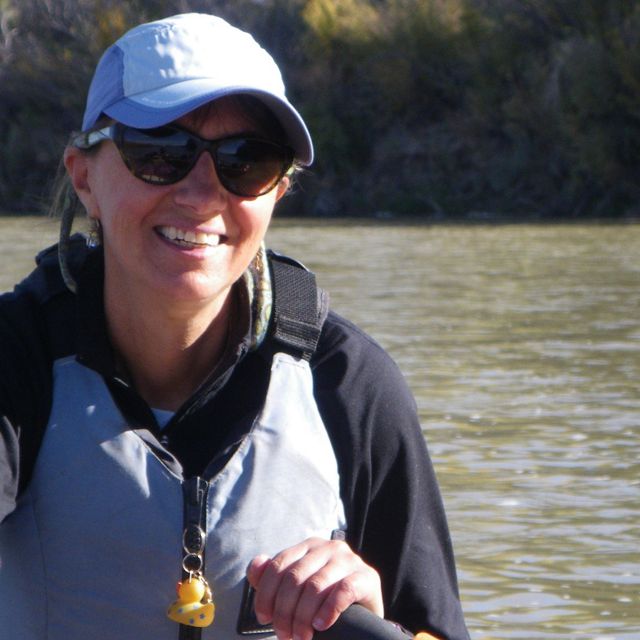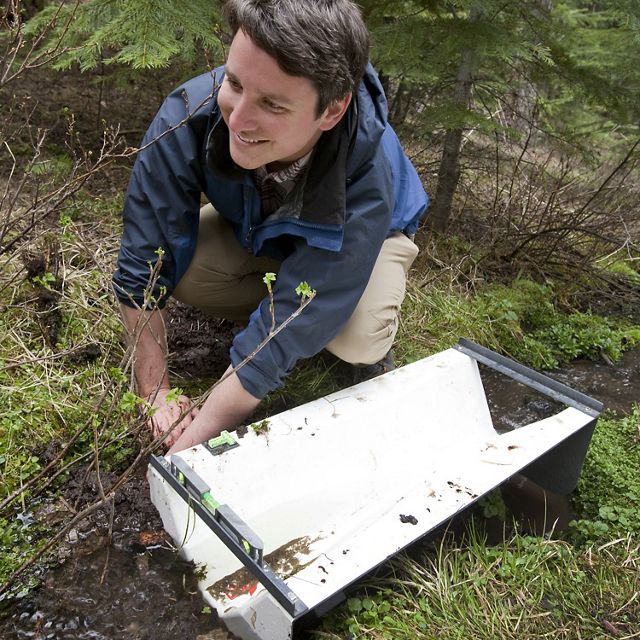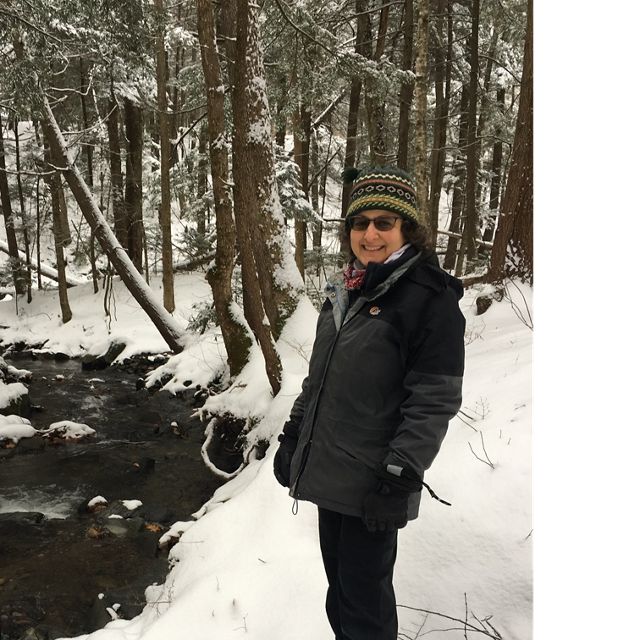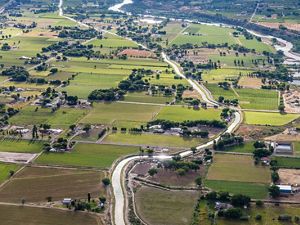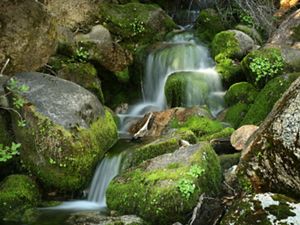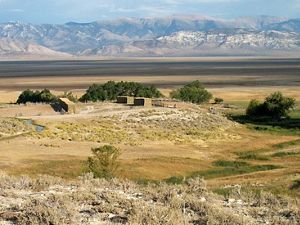Water is life. But as our climate continues to warm, our states may be facing a future without water. The region’s water future is still in our hands, but not for long.
Drought By the Numbers
-
1,200
The past two decades have been the driest or the second driest in the last 1,200 years in the West.
-
98%
Nearly 98% of land across 11 Western states is abnormally dry—the worst levels in the U.S. Drought Monitor’s 21-year history.
-
2021
Lake Mead, the reservoir formed by the Hoover Dam on the Colorado River, hit its lowest water level since 1937.
-
$4.5B
Last year drought cost the U.S. $4.5 billion and the dry conditions exacerbated a record wildfire season that cost an additional $16.5 billion.
Where does your water come from? You might be surprised to learn how far water travels to get to your tap. In many cases, that distance is increasing in the face of drought. Even with winter rains, drought persists in our region, so the Nature Conservancy’s Western chapters are working together to build a more sustainable water future for our home. Keep reading to learn about the water solutions we’re developing across the West.
In the West, we are all connected by water. It grows our food, creates our electricity, and keeps us alive. But if nature doesn’t get the water it needs, it’s only a matter of time until we don’t either. The Nature Conservancy is working across the West to save water for people and nature, and protect the ecosystems we all rely on.
The Colorado River Basin
Most people know the Colorado River for its iconic landscapes and as the river that runs through the Grand Canyon, but the Colorado is a lifeline for much of the West. The river and all its tributaries provide drinking water for more than 40 million people in the U.S. and Mexico.
The Colorado supports 30 Tribal Nations, irrigates over five million acres of agricultural land, and generates roughly nine billion kilowatt-hours of hydroelectric power each year—enough for over seven million people. But while critical for people, the rivers and streams of the Colorado River Basin are also essential for wildlife. TNC works hard to make sure that nature has a seat at the table in policy and water management forums.
Quote: Taylor Hawes
Today, the Colorado River is at a crossroads. For the last two decades, a mega-drought has lowered the basin’s major reservoirs to a fraction of their original size, while demand for water increasingly surpasses supply. This is the story of climate change written in water. Droughts are part of the West’s normal cycle, but climate change has intensified the impacts. After decades of intensifying drought, we must help nature and people prepare for a new “normal.”
Nature is first to bear the brunt of water losses in the Colorado River Basin. Low water levels kill fish and accelerate the spread of invasive species, while habitat for endemic species shrinks. Water managers have tried to stabilize the system through agreements between the seven-basin states and Mexico, but these efforts are not enough. TNC is expanding and accelerating our work across sectors and borders to build a sustainable future driven by collaboration and not conflict.
Our Strategy




From the Experts
Quote: Sandi Matsumoto
The drought affects us all. Our approach to water management must include the species and natural systems that make our water, our air, our food, and our existence possible.
Here’s What You Can do to Help
- More than 50 percent of a family’s water use is for landscaping. Consider low water use options, including less turf grass.
- Low flow plumbing fixtures can reduce water use by 30 percent in a household.
- Know where your water comes from – it might be your favorite trout fishing stream or place to hike or the groundwater beneath your feet!
- Support organizations like TNC that are working to protect water sources for nature and people.






























